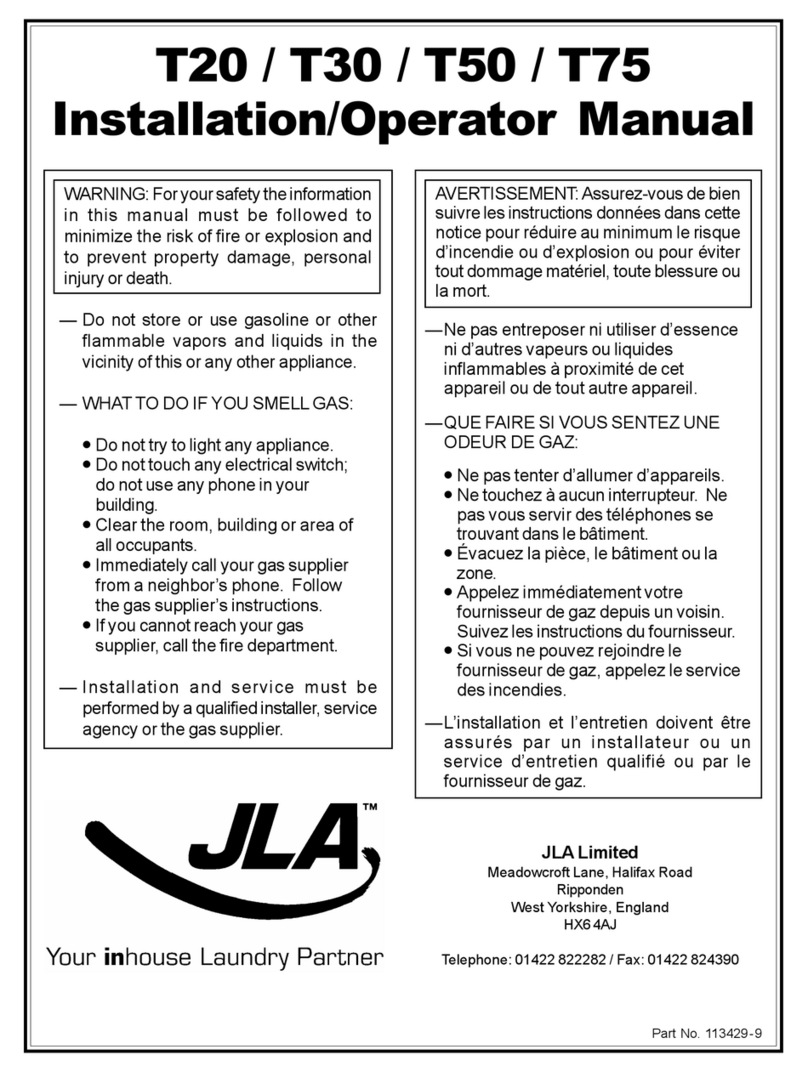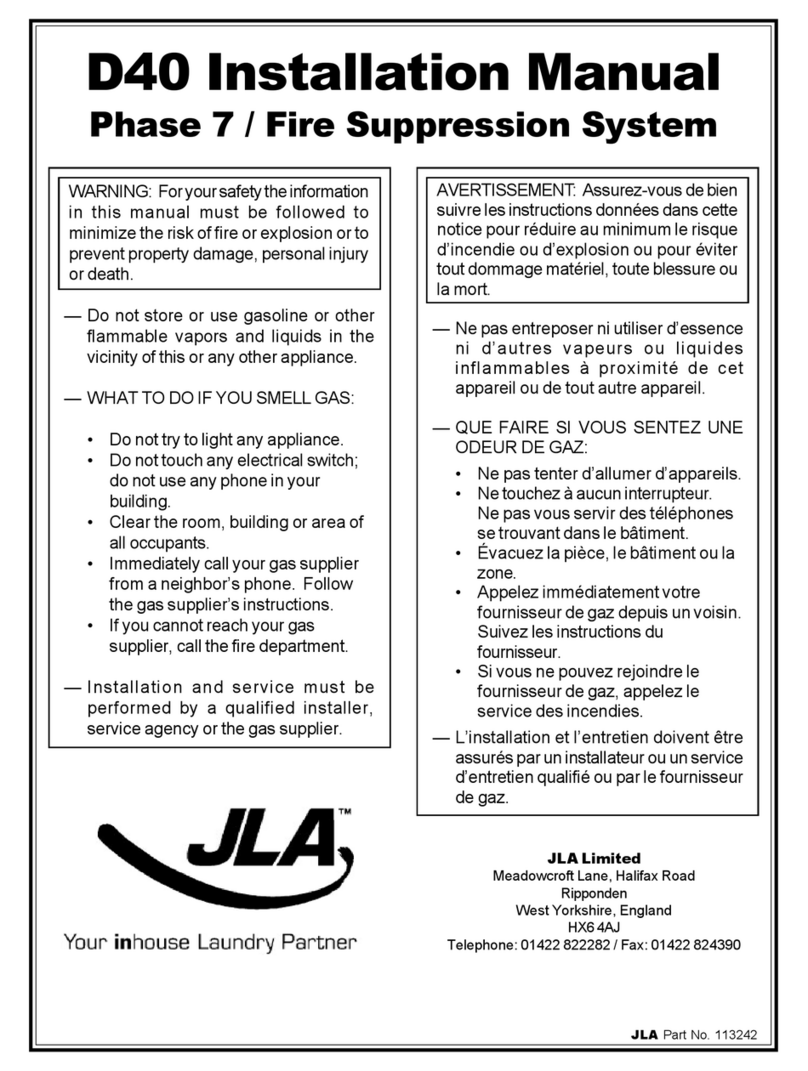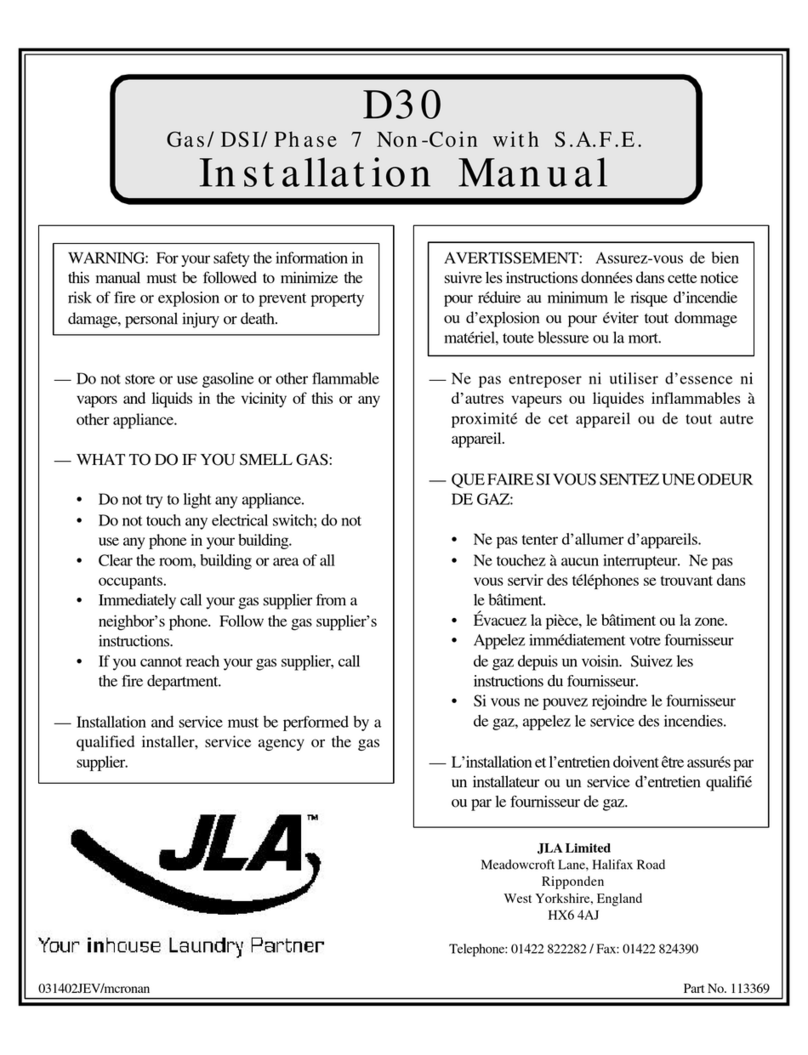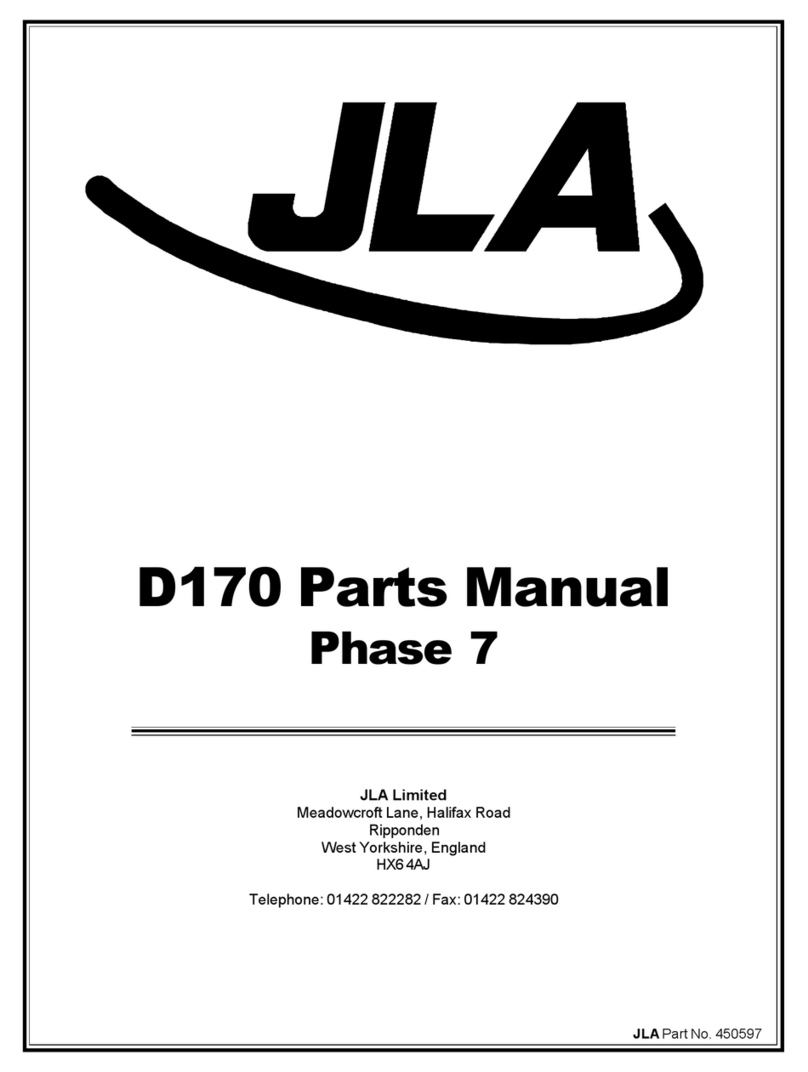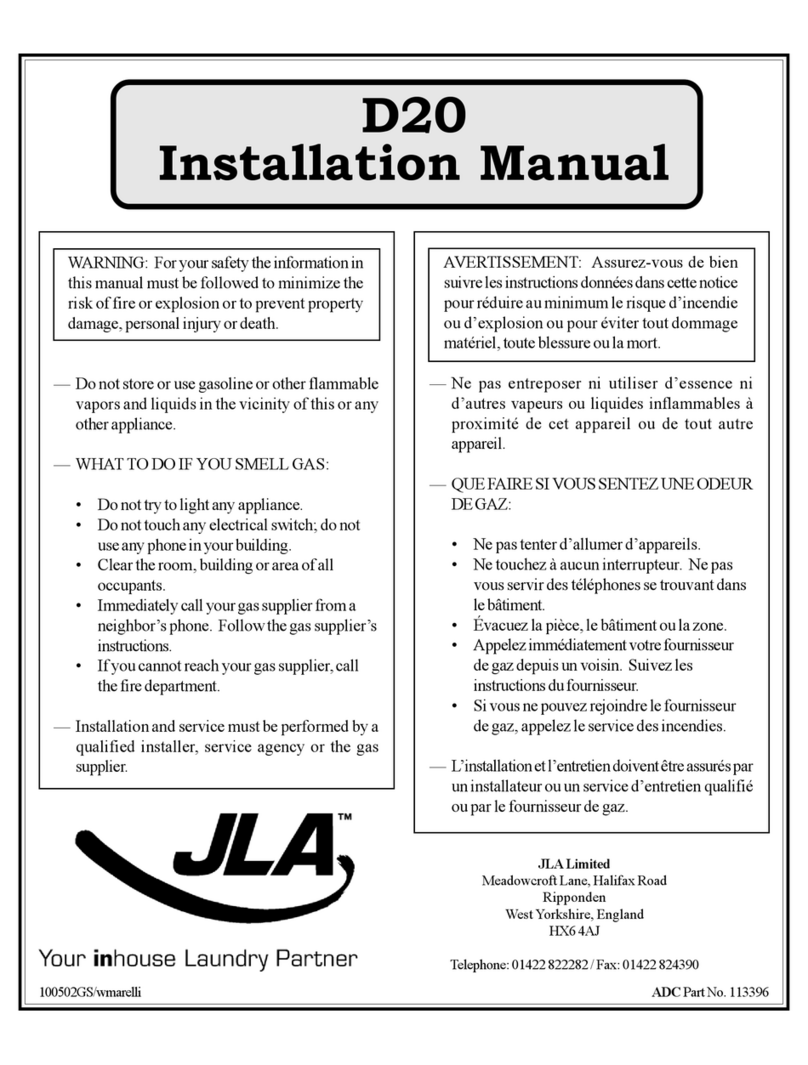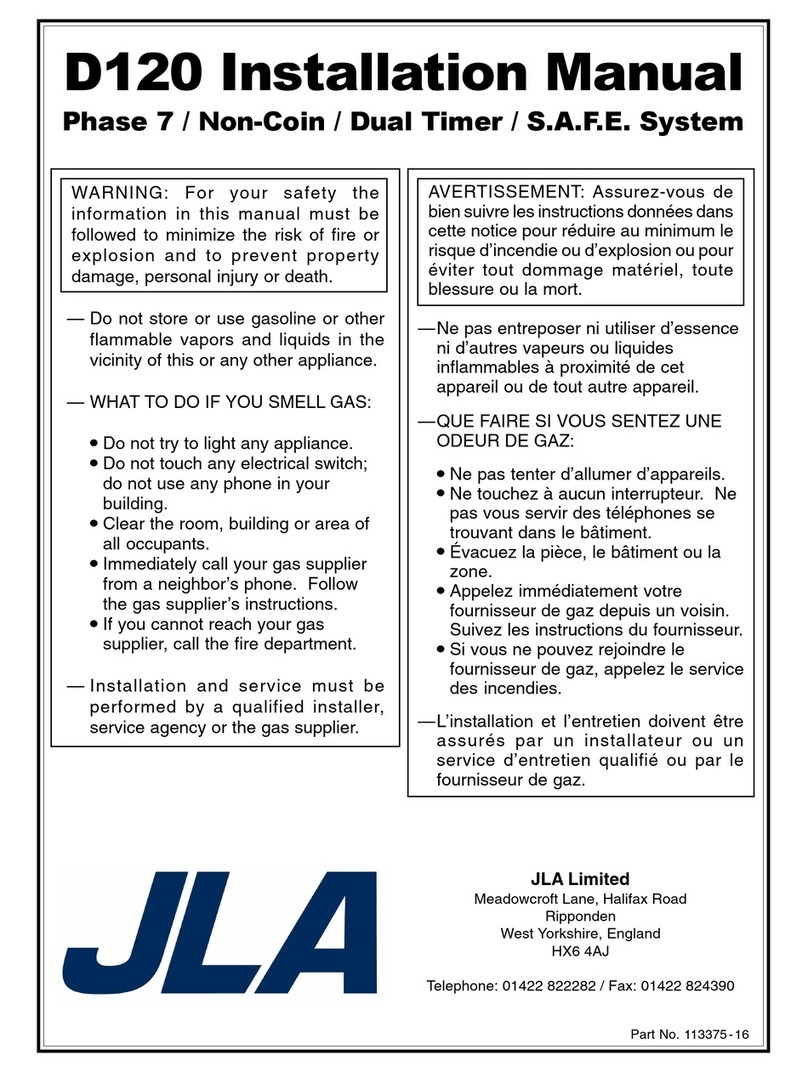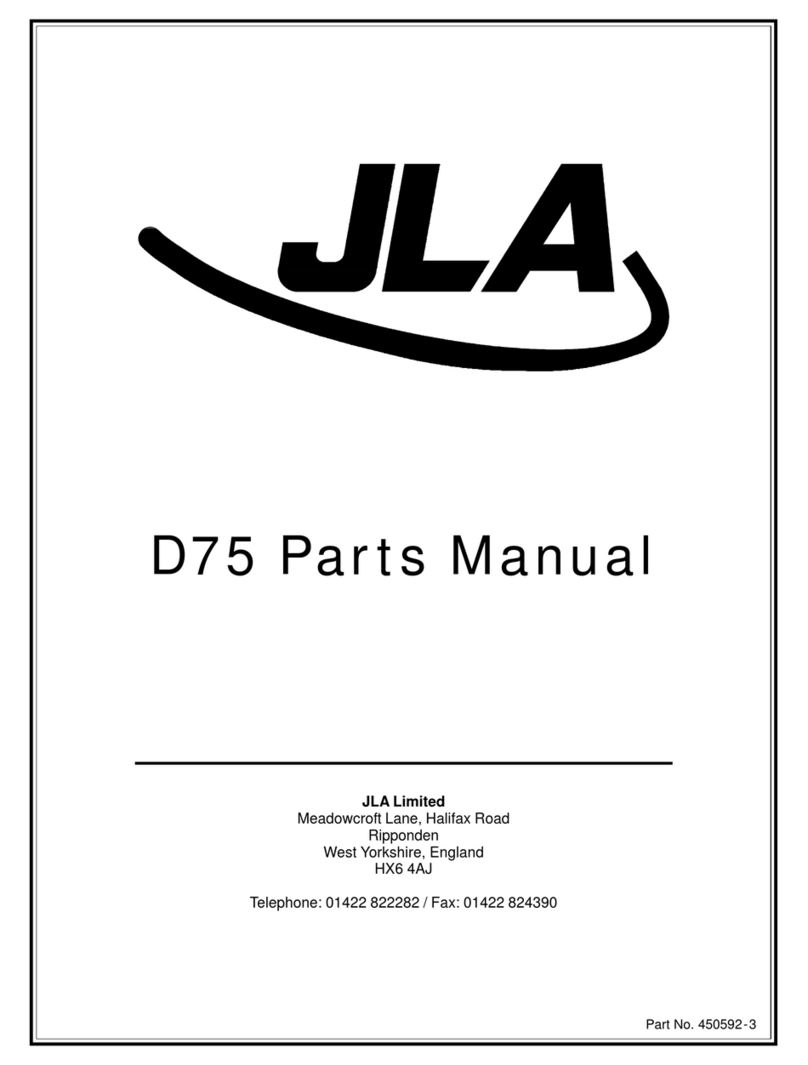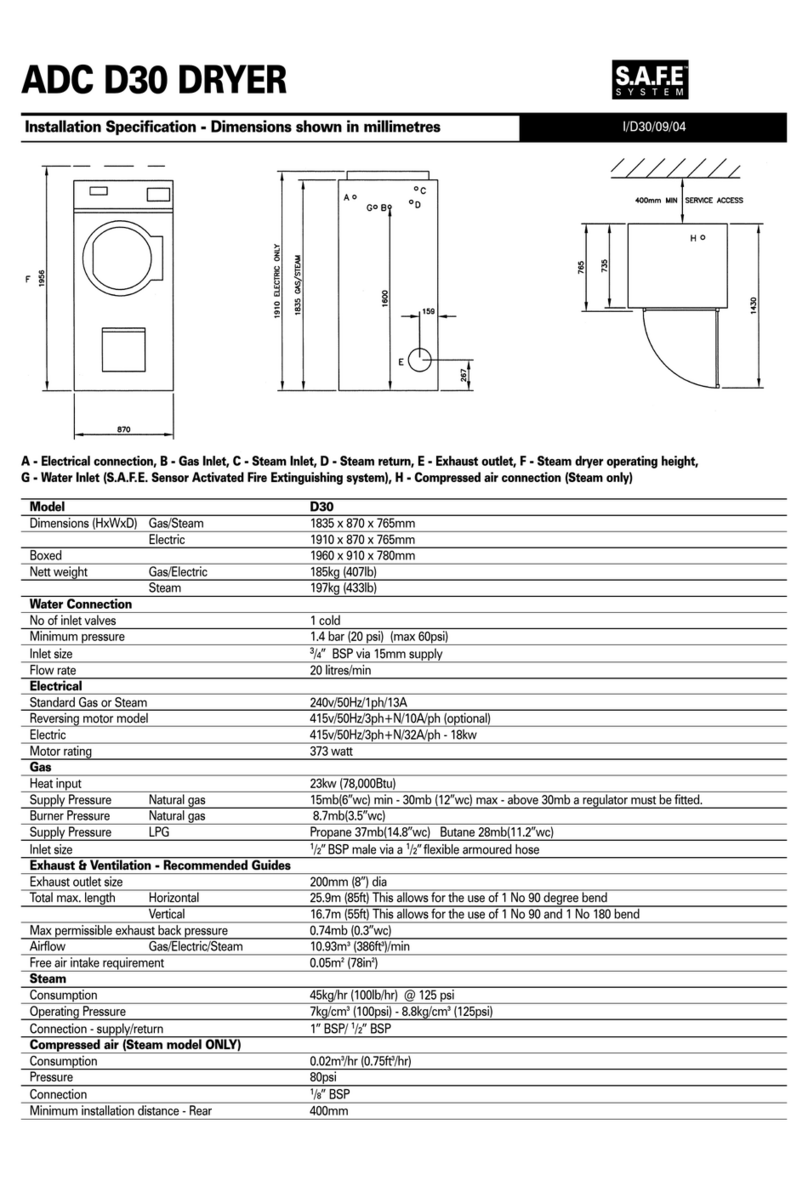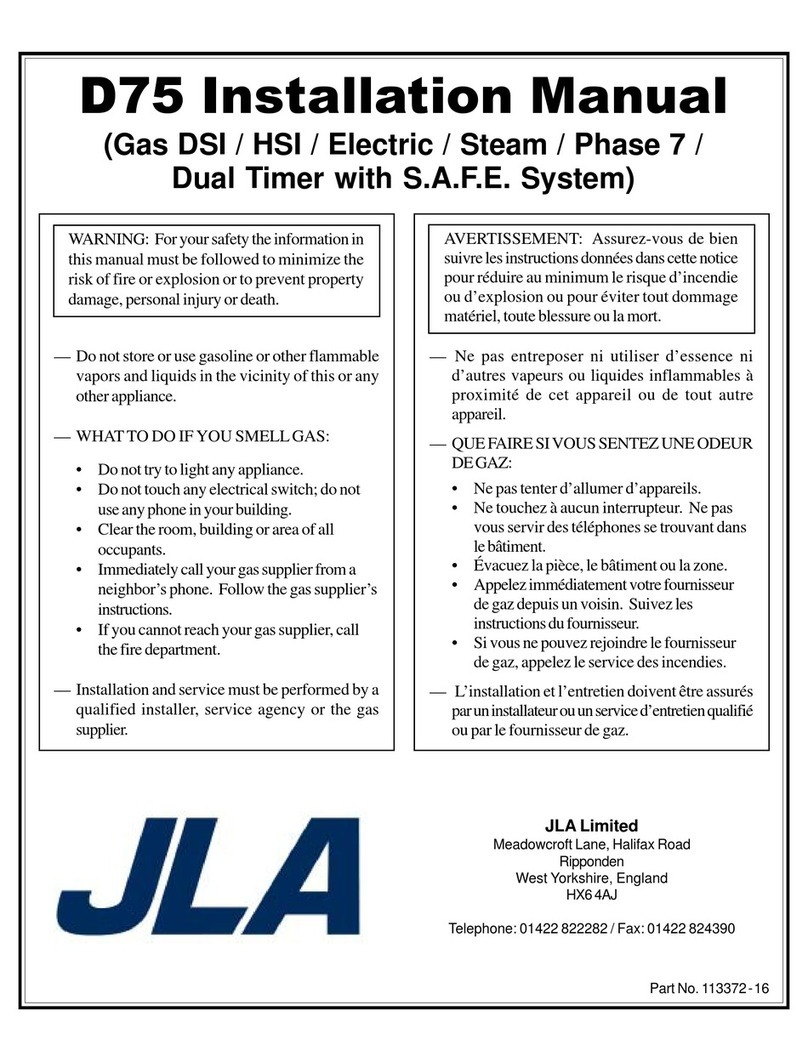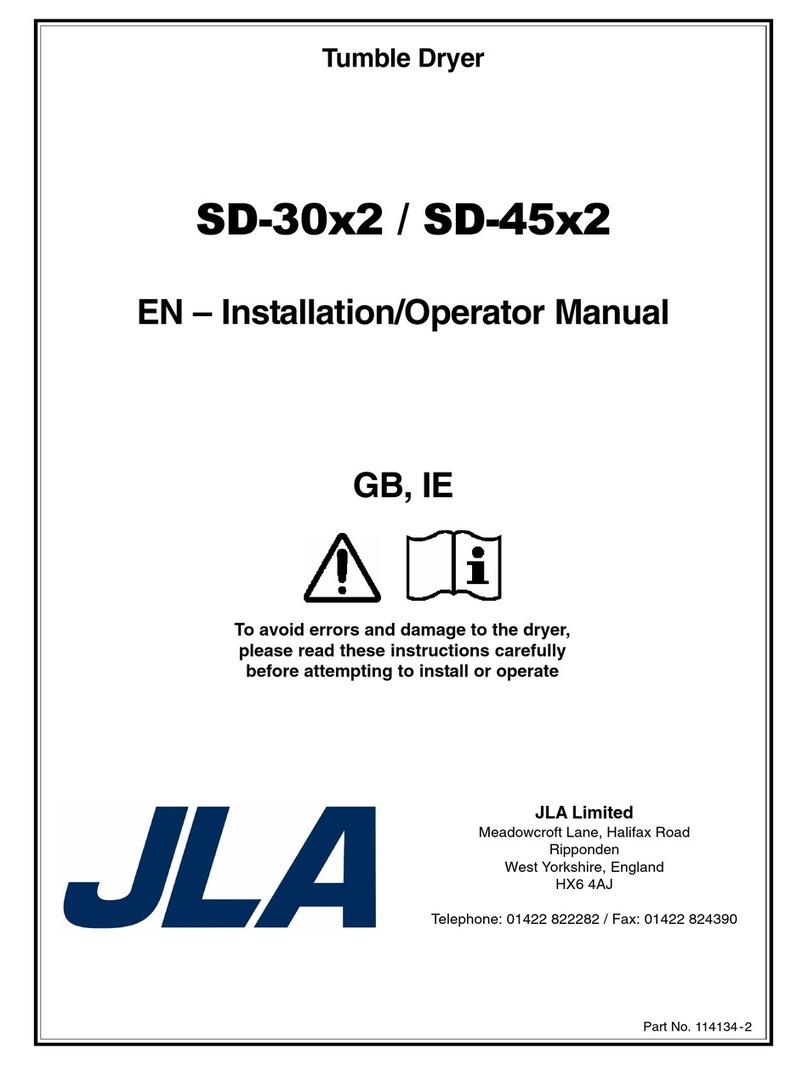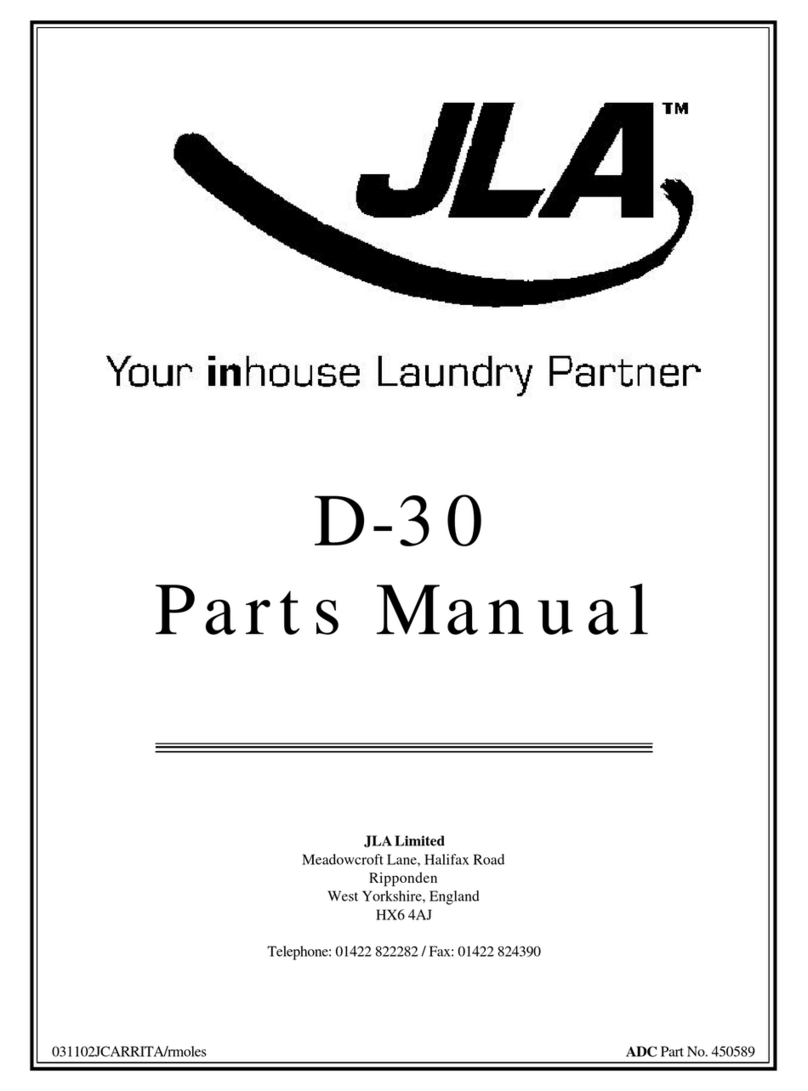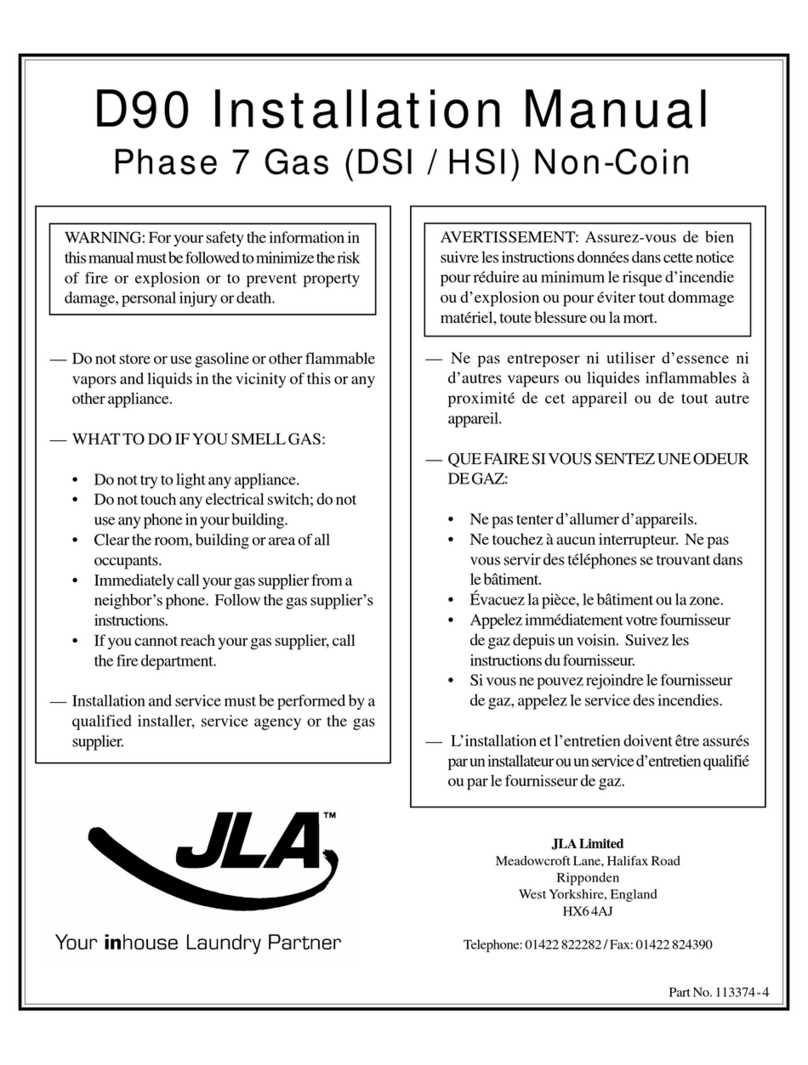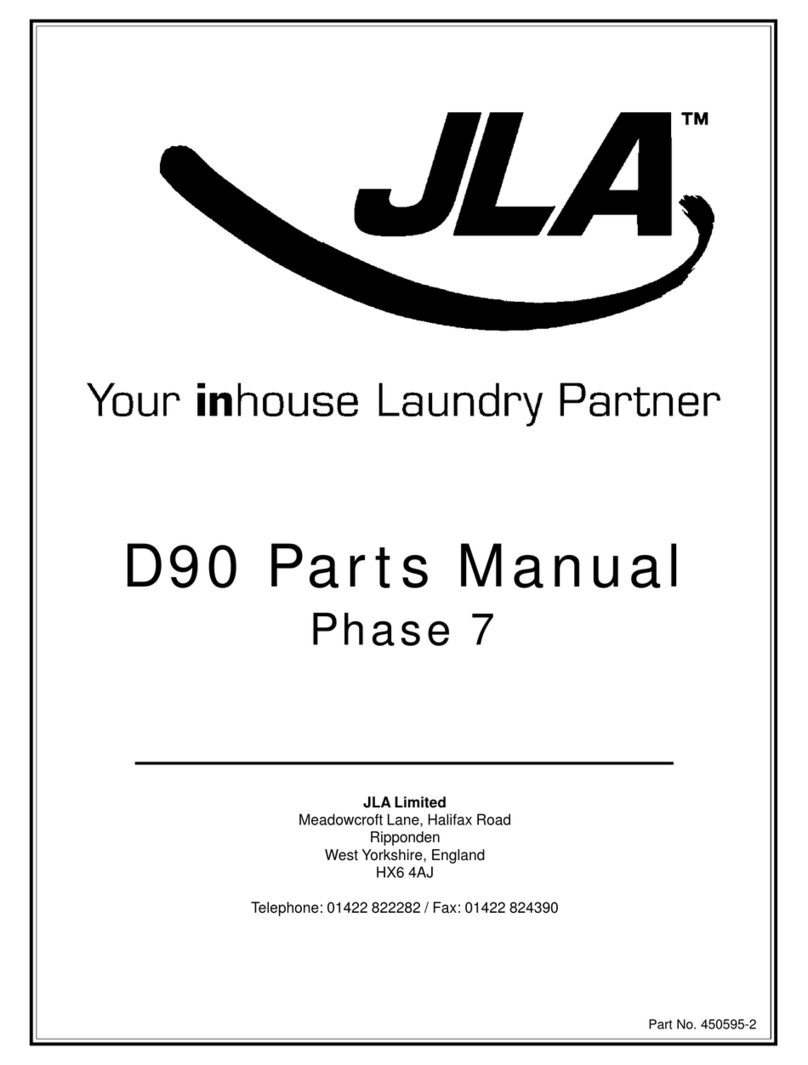
D-78
(Gas/HSI/DSI/Phase 7 with S.A.F.E.)
Installation Manual
032502JEV/rmoles ADCPartNo.113373
WARNING: Foryoursafetytheinformationin
thismanual mustbe followedto minimizethe
riskof fireor explosionor toprevent property
damage,personalinjury or death.
— Donot storeoruse gasolineor other flammable
vapors and liquids in the vicinity of this or any
otherappliance.
— WHATTODO IFYOUSMELLGAS:
• Donottryto lightany appliance.
• Donottouch anyelectrical switch;donot
useanyphoneinyourbuilding.
• Cleartheroom, buildingor areaof all
occupants.
• Immediatelycallyourgassupplierfroma
neighbor’sphone. Followthe gas supplier’s
instructions.
• Ifyoucannotreach yourgas supplier,call
thefiredepartment.
— Installationand servicemustbe performedby a
qualified installer, service agency or the gas
supplier.
AVERTISSEMENT: Assurez-vous de bien
suivrelesinstructionsdonnéesdanscettenotice
pourréduire auminimumle risqued’incendie
ou d’explosion ou pour éviter tout dommage
matériel,touteblessureou lamort.
— Ne pas entreposer ni utiliser d’essence ni
d’autres vapeurs ou liquides inflammables à
proximité de cet appareil ou de tout autre
appareil.
— QUEFAIRESIVOUSSENTEZUNEODEUR
DEGAZ:
• Nepastenter d’allumerd’appareils.
• Netouchez àaucun interrupteur. Nepas
vousservirdes téléphonessetrouvant dans
lebâtiment.
• Évacuezlapièce,le bâtimentou lazone.
• Appelezimmédiatementvotrefournisseur
degazdepuisunvoisin. Suivez les
instructionsdufournisseur.
• Sivousnepouvezrejoindrelefournisseur
degaz,appelez leservicedes incendies.
— L’installationetl’entretiendoiventêtreassuréspar
uninstallateurou unservice d’entretienqualifié
ouparle fournisseurdegaz.
JLALimited
Meadowcroft Lane, Halifax Road
Ripponden
WestYorkshire, England
HX64AJ
Telephone:01422822282/Fax:01422824390






